How To Paint Hair With Oil Paint
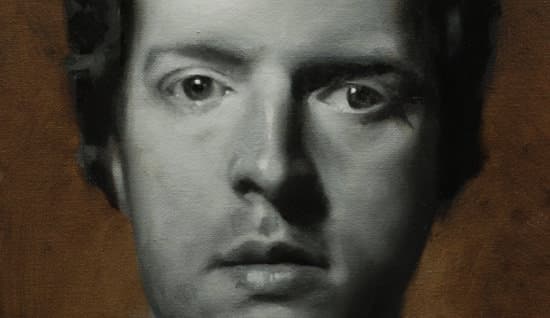
How to paint a portrait series. This is part 4 of a 5 part series of tutorials for beginners making the transition from drawing to oil painting.
We look at how importance value and tone are in creating a realistic black and white portrait using classical oil painting techniques.
Here is a quick review of what we have covered so far if you'd like to join in…
Part 1 – Establishing the drawing, including the shadow line.
Part 2 – Developing the tones, adding lights.
Part 3 – Modelling the big forms.
Part 4 – Second Painting
Mixing a new medium
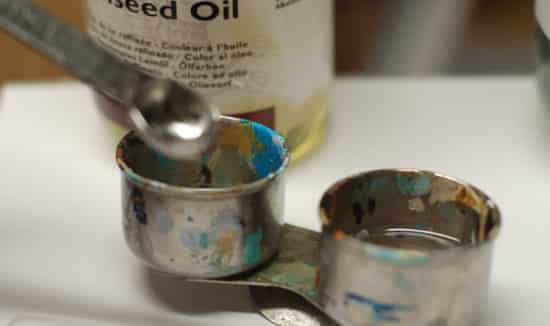
We now create a new medium for the next layer of the painting. Different artists vary the richness of the medium depending on their own personal preference but the next mix is still just using Linseed oil and Odourless Mineral spirits.
- 2 Part linseed oil to 1 Part Odourless mineral spirit (OMS)
You can use the pipette to measure out amounts, or if I'm mixing a larger amount I'll use kitchen measurement spoons.
Pro tip: For this stage of the painting I sometimes use Damar varnish in the medium. However, to dilute the Damar varnish you ideally need to use turpentine which is better suited to a well ventilated separate studio space, rather than a ventilated room in a home. The OMS is not strong enough to dissolve the natural resins of Damar.
Choosing your background
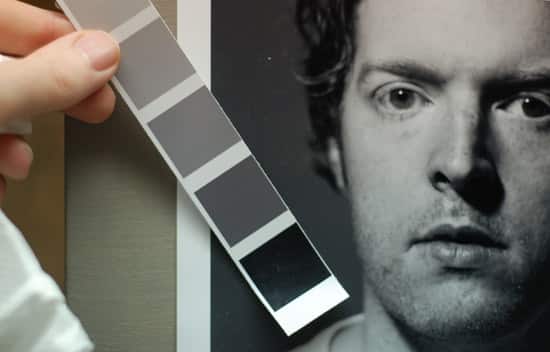
You can now assess your background tone to see if you want to match a grey, rather than use the raw umber underpainting.
In this example, I've decided to leave the background as the Raw umber, because it is a slightly lighter in tone than the reference photograph I'm making my job a little bit more difficult.
If this is your first portrait then I would definitely mix a grey tone that matches your reference photograph for the background as it will help in judging the tones more accurately and enable you to change the drawing if it has gone 'out' at all. I am using leaving the raw umber as I like the aesthetic of the warm glow against the cooler black tones of the face.
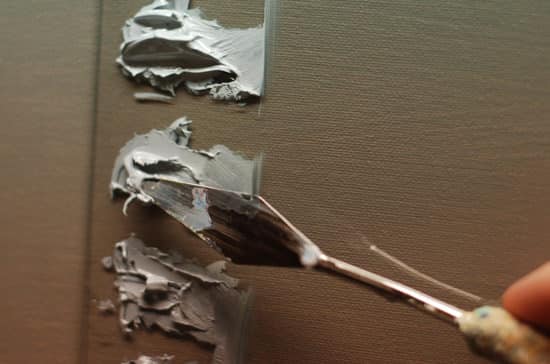
When you come back to your premixed colour strings a couple of things would have happened, depending on the time between sessions. Either they would have formed a skin over the top or dried out.
How to keep your oil paint workable between sessions?
If you have spent all your time mixing your colour strings but have limited available time to paint how do you keep the paint workable? There are a few options to minimise paint and mixing time waste without the paint drying onto your palette.
- Freeze the paint. (in a resealable tub in the freezer)
- Submerge the paint underwater. (you can use a shallow tray like a stay-wet palette, this only works if the palette or glass or perspex)
- Cover the paint with Plastic wrap/ cling film.
- Add a slow drying oil such as oil of cloves. (Some painters warn this can lead to a darkening of the paint colour over time)
- Mix a large blob of paint, let it skin over and remove the skin and use the fresh paint underneath.
So what's the best method? It's hard to give a straight answer as each has pros and cons.
My personal preference is to let the paint skin over, remove the skin, and use the fresh paint from underneath and realistically you have about a 5 day working time until you need to mix it up from scratch again.
The paint underneath the skin will be slightly stickier and thicker and as I progress the painting this extra thickness can be nice to add more impasto passages.
Before we begin
I now start to assess the tones with fresh eyes. Having a break to refresh your eyes can be very important with portraits. Often you'll find yourself painting an area over and over again without really looking at it.
For this next part of the painting, we are going to start to try and refine some of our shapes and develop the drawing.
This is the stage where things can go wrong and you can feel like there is no way back in your painting, all your hard work was for nothing and a feeling of frustration can set it.
This is normal, don't get disheartened.
Paintings often go through a stage where they look really bad and this is usually the stage where most beginners stop. It can be all manner of things that throw you off track, the drawing can go 'out', the edges can appear too hard, you become over confident and don't observe tones as well as you first started or you can become obsessed with just painting one part of the portrait – usually the eyes.
To make sure this happens as little as possible, have regular breaks from the portrait, make sure you step back to view your portrait from a distance and try and bring the whole painting together at the same time rather than focusing on the features- easy to say but harder in practice and I still have to check myself when painting.
Assessing the tones
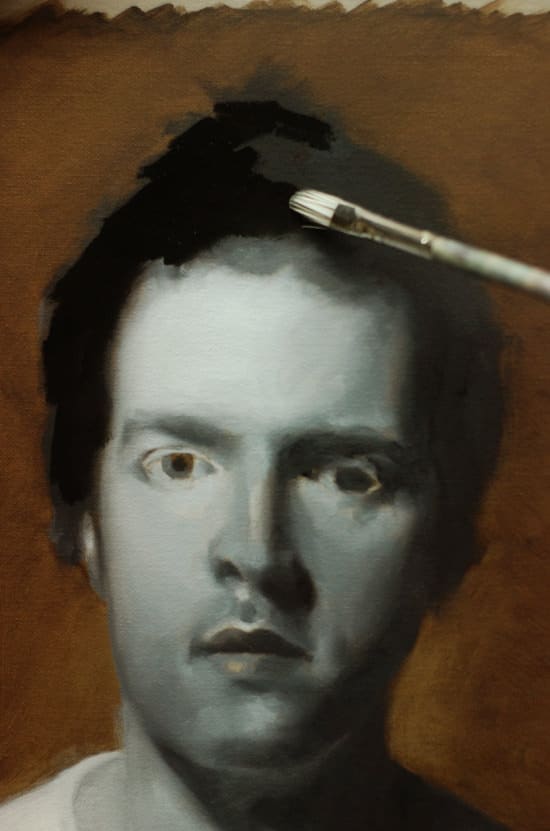
I now add a flat tone of the black to the hair, it's quite thin yet opaque as I'm going to be working wet into wet. This just establishes a layer of paint for me to work into.
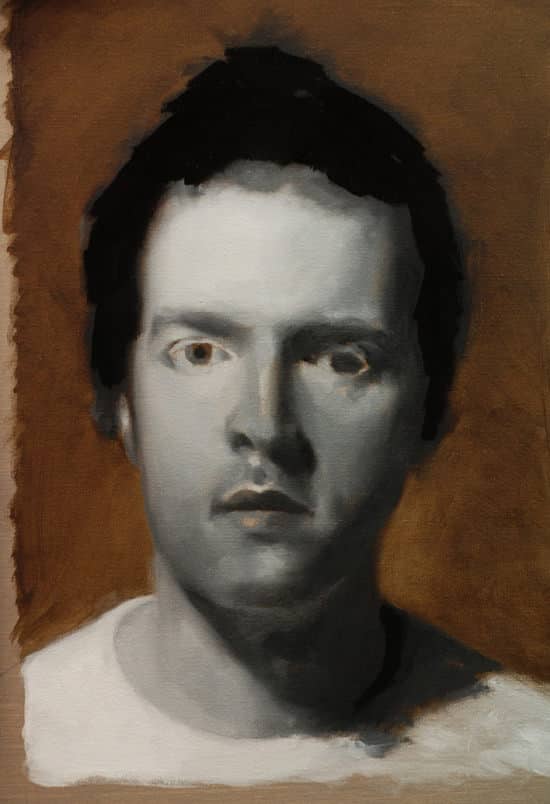
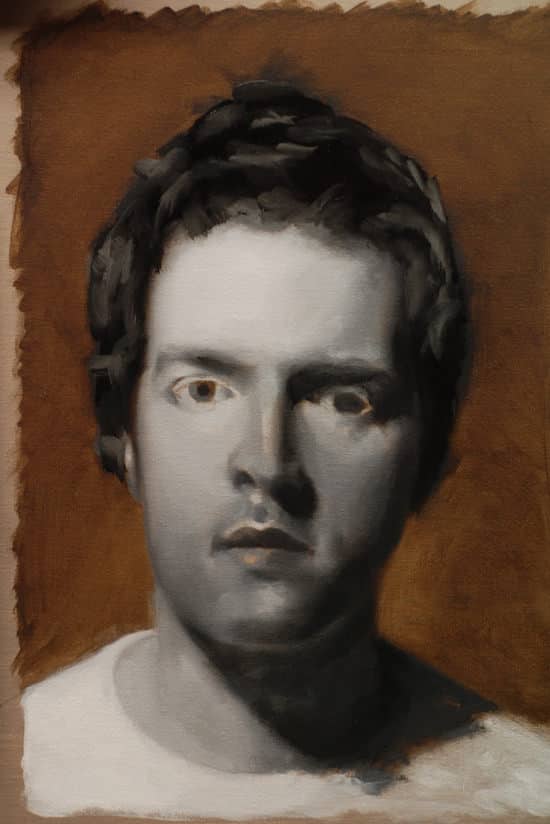
I've now added some gestural marks using the size 4 Ivory Filbert. I want it to be soft and quite loose – I'm not trying to paint each individual hair I just want to create a general impression.
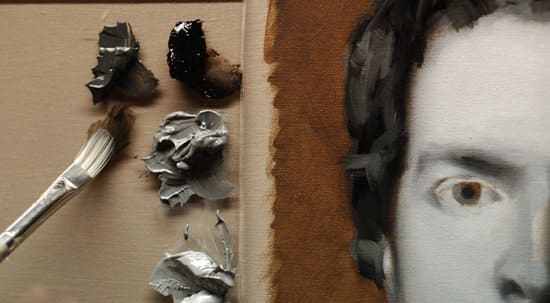 I then work over the thicker, gestural highlights on the hair with a thinner mix of the black – just to soften any edges that stand out. Try half closing your eyes to try and keep the effect simple.
I then work over the thicker, gestural highlights on the hair with a thinner mix of the black – just to soften any edges that stand out. Try half closing your eyes to try and keep the effect simple.
Reinforcing the Lights
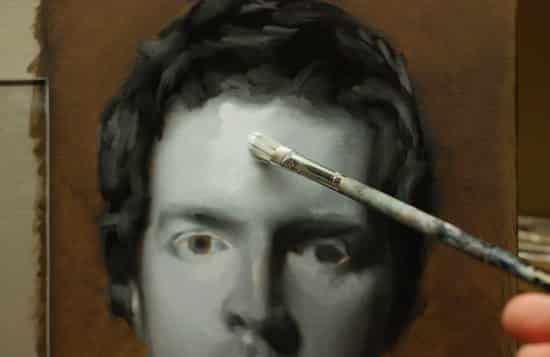
I now add some thicker lights using a value 2 and 3, flicking my eyes between the portrait and the photograph.
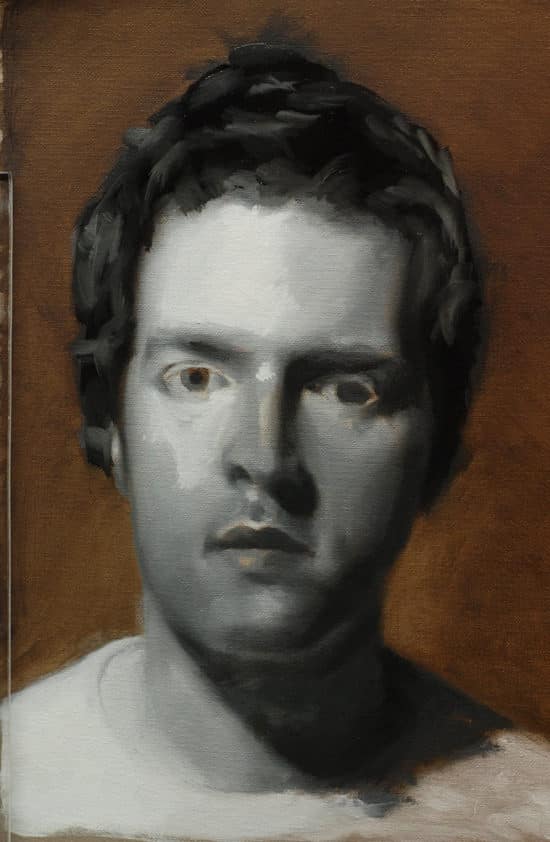
I continue to adjust the tones, working my way down the portrait as before. You'll notice how the paint has a harder edge because there isn't any of the wet paint underneath for it to blend into.
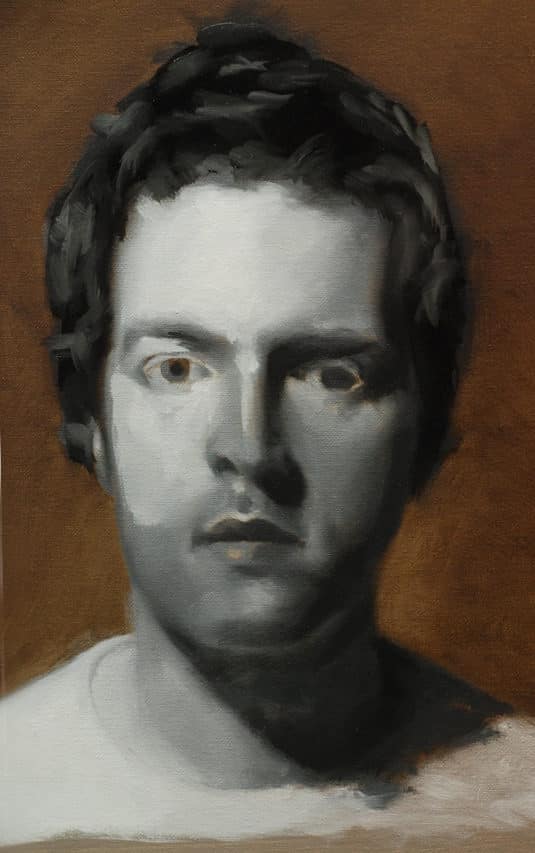
This is where you might start to get a bit scared, as suddenly we seem to be loosing the lovely soft finish of the first painting, so I switch to the softer sable to blend the paint in more. I use a scrubbing motion with a dry brush to soften the transitions between the forms.
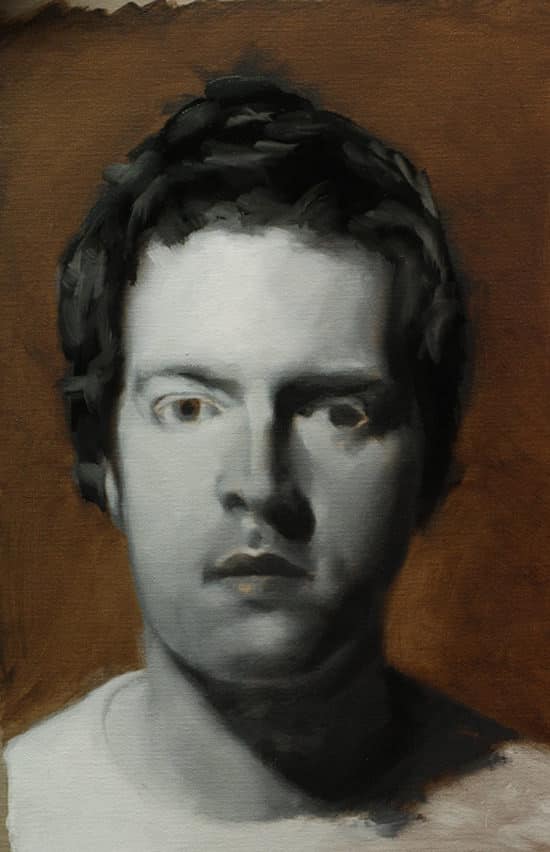
The fused edge now feels better, the temptation to go in and add some details to the eyes will be strong. But we are still trying to check the drawing and alter any shapes. We are going from the general to the specific. the smaller forms fitting into the bigger forms.
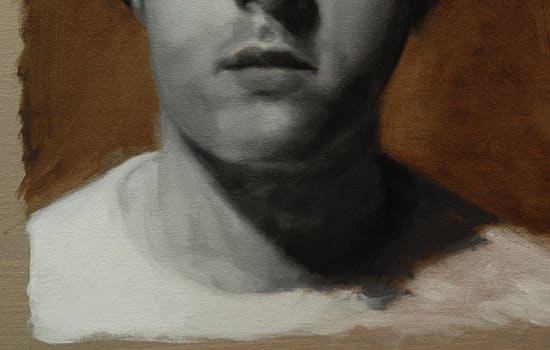
I add a few thicker brushstrokes onto the light side of the neck, it's a good tip to try to keep the lights thicker and the shadows thinner. Notice how the brushstrokes haven't been blended at this stage, just flat tones.

Now we can start to add some more detail to the eyes, I use the smaller round sable brush. When the line first goes in it can look quite hard and 'cartoon like.' I then use a soft dry sable to soften the edges.
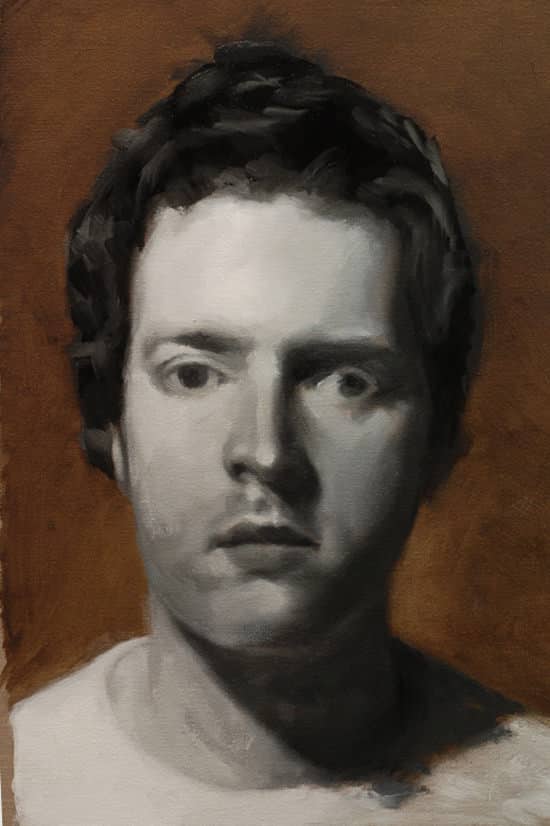
Notice how the eyes have a softer finish than the previous photo.
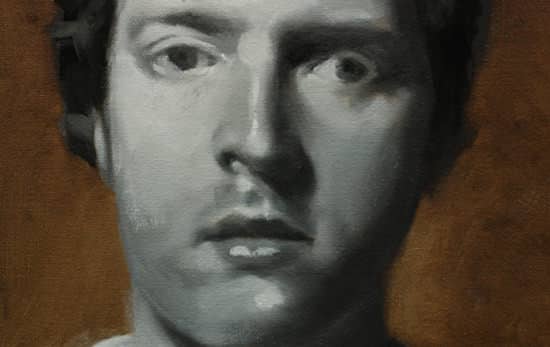
I then begin to add further lights onto the portrait. These again can feel 'stuck on' as there isn't the wet paint underneath for the new light pigment to blend into.
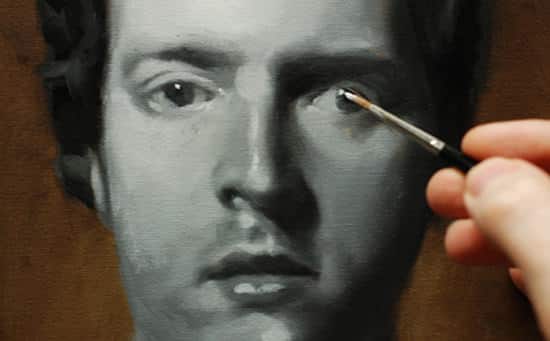
To help judge the tones I now add a pure titanium white highlight to the eyes, these are simply two dots of white. It's amazing how much life these can bring into a portrait.
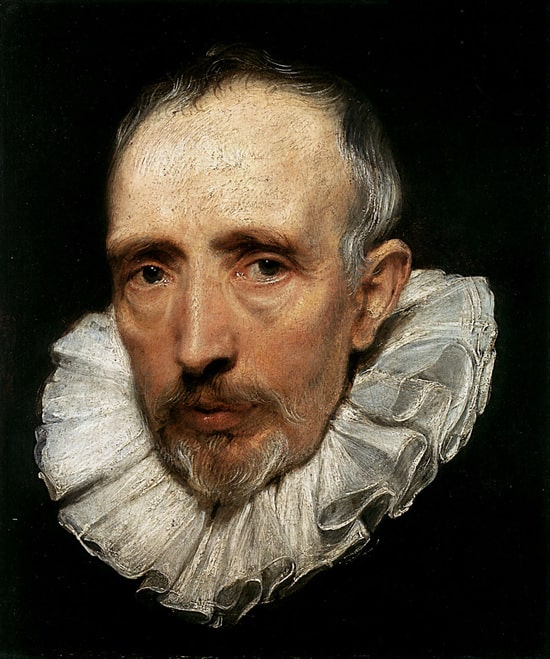
Anthony van Dyck, Portrait of Cornelis van der Geest, 1620
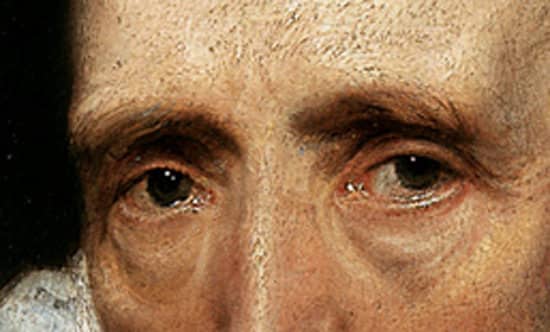
If we look at the number of highlights in the eyes of van Dyck's portrait you can see how effective they can be in creating the illusion of realism in your portraits.
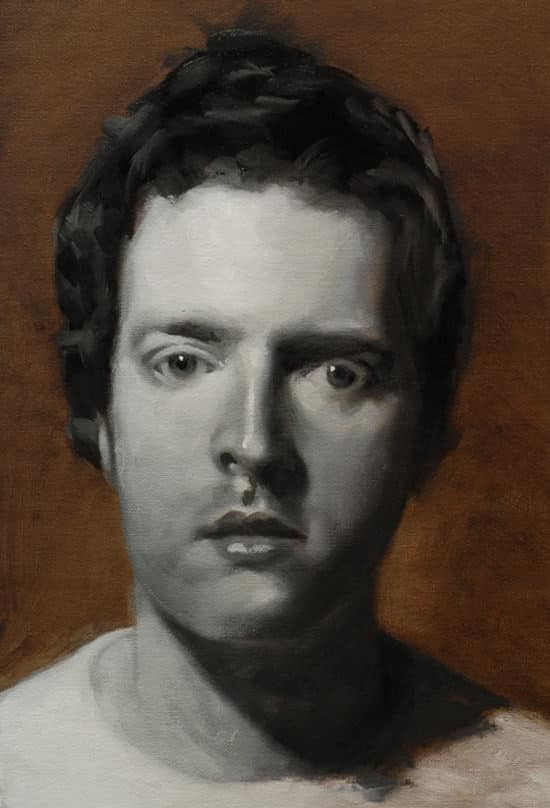
I now model the shape more using the smaller brushes, I might work between a size 2 & size 4 of the Ivory filbert and the sable.
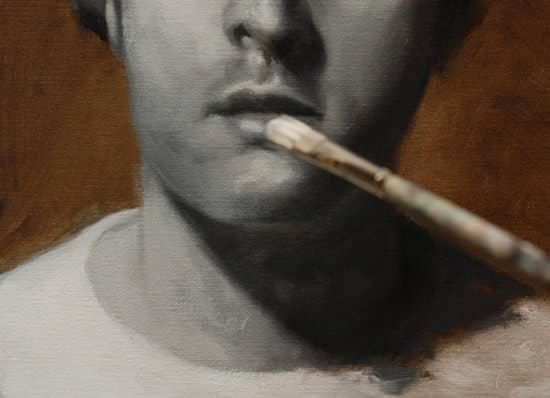
I then begin the soften the edges again and make any adjustments in the drawing. At this stage, just a few millimetres of a line out can make a big difference. Often you are so close to cracking the sitters character, then a brushstroke goes a little the wrong way and it takes to an hour to get back to where you were before.
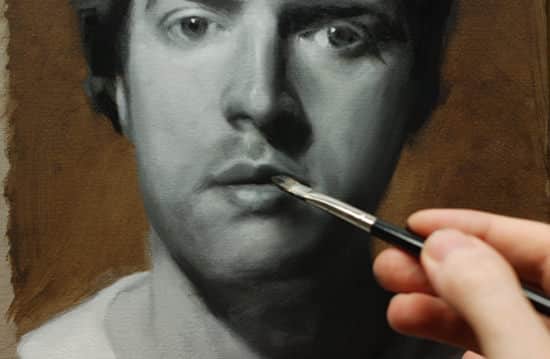
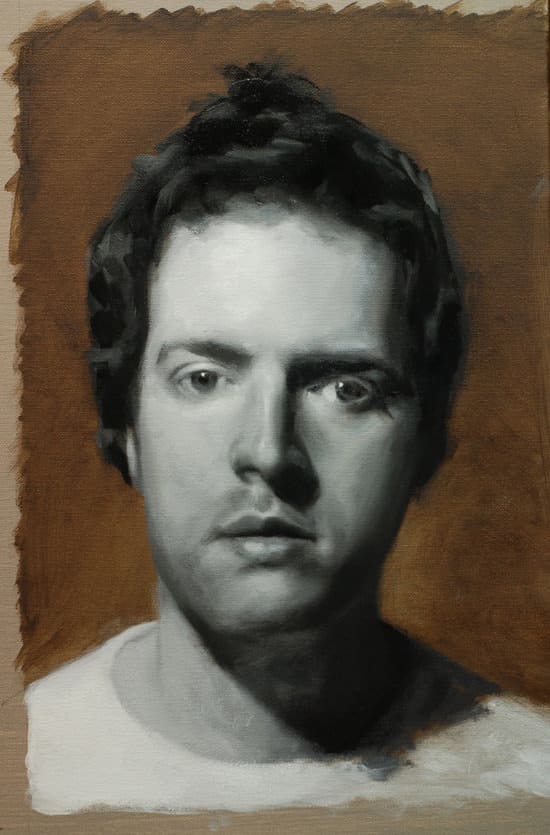
On this stage I've reworked the cheek that was in the shadow as it was making my face look too round, I've adjusted the drawing and it seems to be working better.
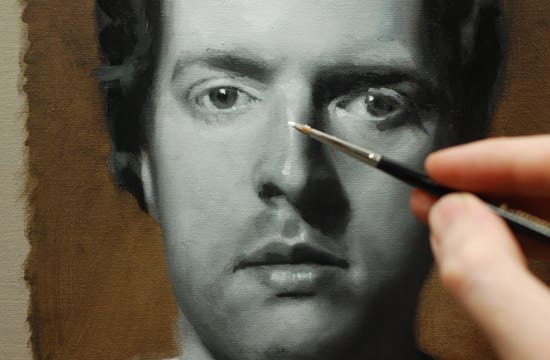
I now add some more highlights to the nose and the eyes.
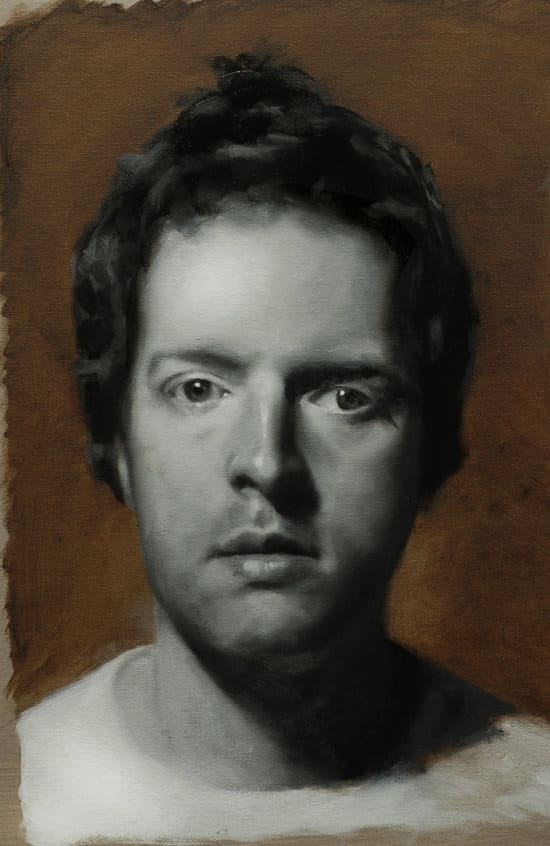
So now we have the painting looking more like the sitter and the features with more detail and form.
Tune in next week for stage 5 when we add the final glazing and finishing touches to the painting.
Happy painting!
You might also like:
1.How to Paint a Portrait in Oil – Part 1
2.How to Paint a Portrait in Oil – Part 2
3. How to Paint a Portrait in Oil – Part 3
4. How to Paint a Portrait in Oil – Part 5
Join the Art School Newsletter (it's Free)
Sign up now to get the latest posts, news about products & art inspiration, straight to your inbox.
How To Paint Hair With Oil Paint
Source: https://willkempartschool.com/how-to-paint-a-portrait-in-oil-part-4/
Posted by: valenzuelacountim.blogspot.com

0 Response to "How To Paint Hair With Oil Paint"
Post a Comment